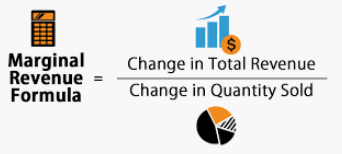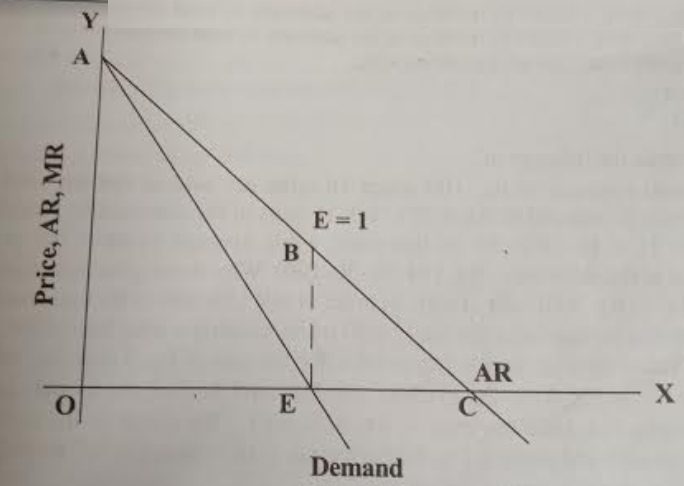Relation between Average Revenue, Marginal Revenue and Price elasticity of demand.
Here, we understand the Relationship between Average Revenue, Marginal Revenue and Price elasticity of demand.

Do you have similar website/ Product?
Show in this page just for only
$2 (for a month)

0/60
0/180
Relation between Average Revenue, Marginal Revenue and Price elasticity of demand:
First we understand the meaning of Average Revenue, Marginal Revenue and Price elasticity of demand as follows-
Average Revenue:
Average revenue is the revenue per unit and therefore it is defined as the total revenue divided by total amount sold.
AR = TR / Q
Where, AR = Average revenue, TR = Total revenue and Q = Total amount sold.
Marginal Revenue:
Marginal revenue refers to the change in total revenue of the firm caused by one unit change in output. It means, marginal revenue is the additional to total revenue caused by the production and sale of an additional unit of the commodity. 
Price Elasticity of demand: Price elasticity of demand is a measure of change in demand for a commodity resulting from the change in its price.
Now, we will discuss the relation between AR, MR, and Ep:
As we know that Price elasticity of demand is a measure of responsiveness of demand to change in price. It shows that, Greater the elasticity, more responsive is demand. In other words, the firm will have to reduce price only slightly to sell an additional unit of the commodity and therefore the gap between average revenue that is price and marginal revenue will be less pronounced. we understand it more clearly with the help of example as follows-
Suppose if price has to be reduced by 5 paise to sell the 11th unit of the commodity, instead of 50 paise as in above illustration. The total revenue will be 11 units x Rs. 9.95 = Rs. 109.45 and its marginal revenue will be Rs. 9.45. It means that marginal revenue is less than price by 50 paise only.
It indicates, the difference between average revenue and marginal revenue depends on the price elasticity of demand. That is greater the price elasticity, smaller will be the difference between average revenue and marginal revenue.
The relationship between average revenue, marginal revenue and price elasticity of demand may be represented in figure as follows -
Figure - 
As shown in above figure, here AC is the average revenue curve and AE is the marginal revenue curve. Price elasticity of demand at point B on AC is unity. It indicates marginal revenue is zero and that is why MR curve cuts X-axis at point E.
To the left of B on AC, price elasticity is greater than unity. It clearly shows that, marginal revenue is positive and that is why MR curve is above X-axis.
Similarly, to the right of B on AC price elasticity is less than unity. It means that marginal revenue is negative and therefore MR curve lies below X-axis as shown in above figure.
CONTINUE READING
Relation between Average Revenue
Marginal Revenue and Price elasticity of demand
What is Average Revenue?
What is Marginal Revenue?
Price elasticity of demand
Relation between Average Revenue
Marginal Revenue and Price elasticity of demand.
Kinnari
Tech writer at NewsandStory
